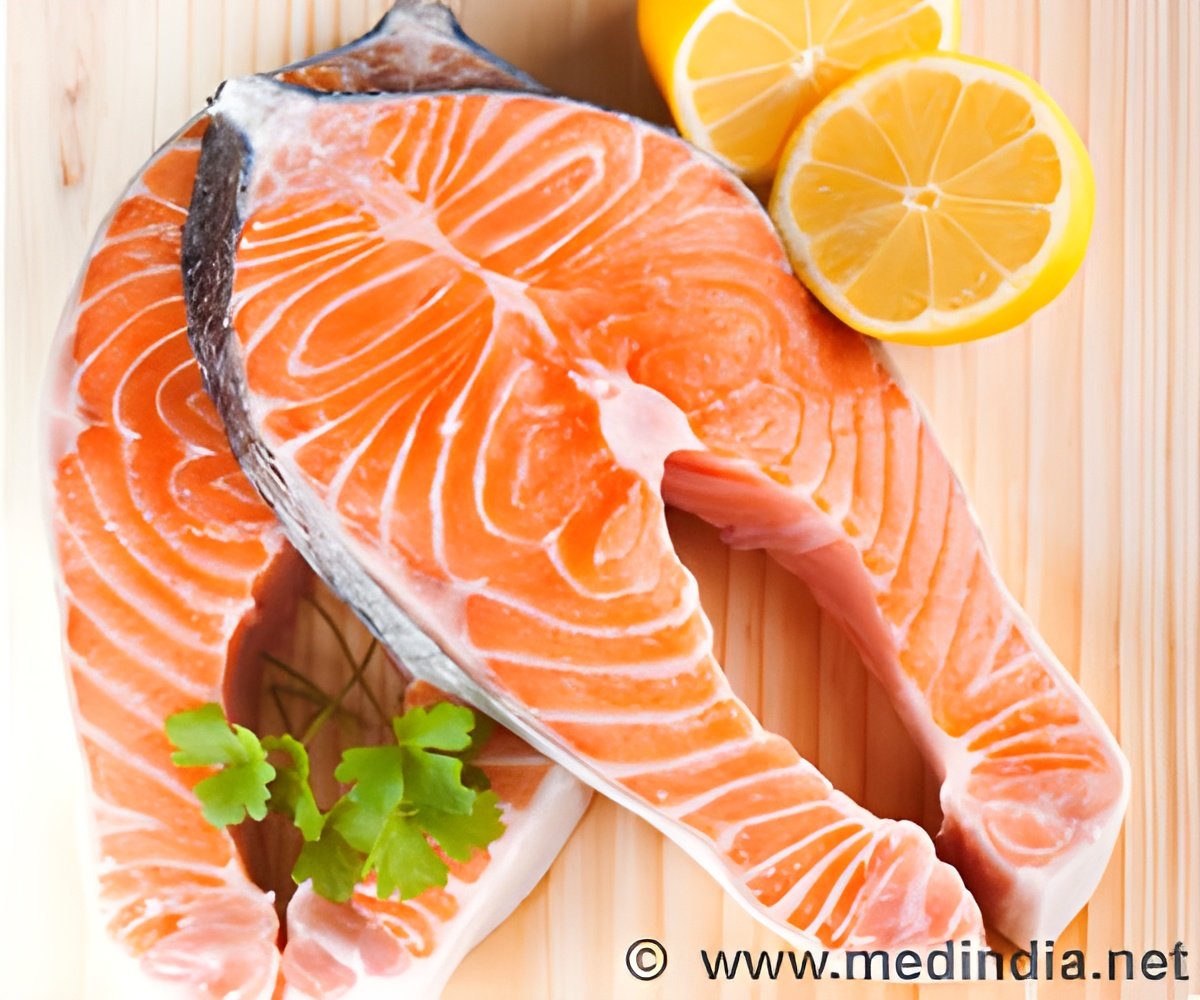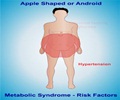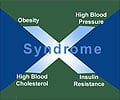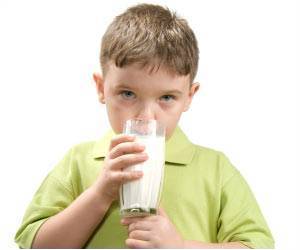LTI for protein must be 1.2/kg/day for older metabolic syndrome patients who are treated by restricted calorie diet and physical activity.

Metabolic syndrome is defined by The International Diabetes Federation (IDF) as ‘the co-occurrence of any three of the five following abnormalities: abdominal obesity (waist circumference greater than 94 cm in men and greater than 80 in women), LDL cholesterol levels of more than 1.5 mmol/l, HDL cholesterol less than 0.4 g/l in men and less than 0.5 g/l in women, blood pressure greater than 130/85 and/or medical treatment, and fasting glycemia more than 5.55 mmol/l and/or medical treatment’. Metabolic syndrome increases the risk for type-2 diabetes, stroke and coronary artery disease. The most efficient way to counteract metabolic syndrome is to reduce overweight which is primarily achieved by reducing calorie intake and increasing physical activity. But the challenge is in reducing fat mass without affecting lean body mass, especially in older patients since progressive loss of muscle mass is a natural phenomenon.
The study researchers, Frédéric Dutheil, at Occupational Medicine, Faculty of Medicine, Clermont-Ferrand, France, and his colleagues, suggest increasing protein intake optimally to maintain protein homeostasis. As is known, physical activity increases the need for proteins. This is because calorie restricted diets result in insufficient energy production and proteins are needed to compensate for the energy deficit. The body will use the proteins stored in the skeletal muscles for its energy requirement, leading to an undesirable reduction of muscle mass.
Again, excessive protein intake will over-exert the kidney and increase the urea and uric acid production and also increase the intake of undesirable saturated fatty acids via proteins of animal origin.
So, in order to preserve the muscle mass without over-exerting the kidney, it is necessary to recommend neither too much nor too little protein for senior patients.
The recommended dietary allowance (RDA) for protein intake is 0.8g/kg/day for general population and 1.0 to 1.3g/kg/day for older people. However, no consensus exists on the lower threshold intake (LTI = RDA/1.3) for the protein intake (PI) needed in senior patients undergoing exercise plus diet restriction treatment for metabolic syndrome.
So, to quantify optimal PI requirement for seniors, the researchers selected 28 metabolic syndrome patients aged between 50 to 70 years being treated with this combination therapy. The study involved a 3-week residential program (Day 0 to Day 21) controlled for nutrition (negative energy balance of 500 kcal/day) and physical activity of 3.5 hours per day and then a follow-up of 6 months in the subject’s own home.
Results showed that albuminemia was 40.6 g/l for Normal Protein Intake (NPI) group and 40.8 g/l for high protein intake (HPI) group. At day 90, albuminemia decreased to 34.3 g/l for the NPI group indicating marginal protein under-nutrition, but it was stable in the HPI group.
The researchers, however, agree that this amount of protein intake could appear to be high for patients consuming light meals. They calculated that for an 80-kg weighing patient this would mean 100g per day of protein dry weight or 500g crude protein. If 50 percent of the protein intake is from animal origin, then it would amount to 250g of meat or fish per day. Eggs and cheese are avoided because of their high fat content. Again, 100g protein represents 400 kcal, so if the total caloric intake is 2000 kcal, proteins will form 20 percent of the diet.
The study was funded by the Heart and Diseases Foundation (Fondation Coeur et Artères), France.
Reference: Dutheil F, et. al. Treatment of Metabolic syndrome by combination of physical activity and diet needs an optimal protein intake: a randomized controlled trial. Nutrition Journal 2012.
Source-Medindia
 MEDINDIA
MEDINDIA




 Email
Email









